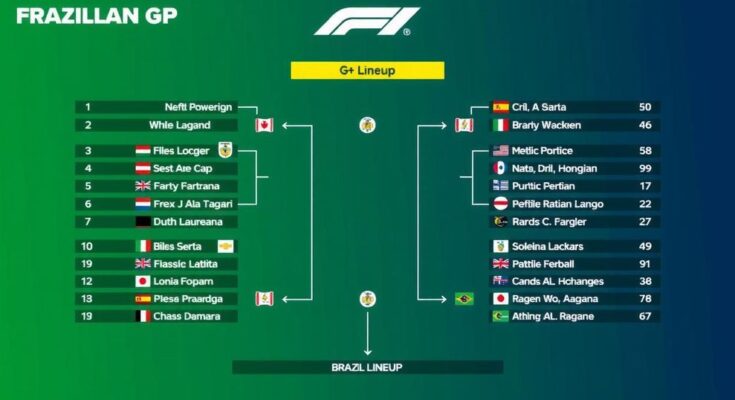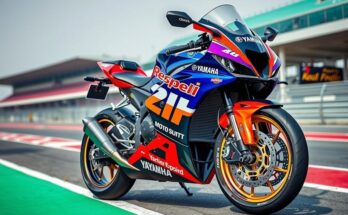The postponement of qualifying for the Brazilian Grand Prix due to adverse weather conditions raises questions about how the grid will be formed if qualifying does not occur, as current regulations lack clarity. Under existing rules, ambiguity allows for various interpretations on whether to base the grid on practice or sprint results. Historical references show that stewards have previously exercised their authority to determine grids in such scenarios, indicating a need for clearer guidelines moving forward.
The Brazilian Grand Prix has found itself amid uncertainty regarding the formation of its grid due to a recent postponement of the qualifying session caused by severe weather conditions. Formula 1 lacks definitive regulations for establishing a race grid in the absence of qualifying, which has sparked numerous interpretations and theories within the motorsport community. Currently, the Sporting Regulations do not provide clear guidelines on how to determine the starting lineup if drivers are classified as ‘unclassified’, as occurs when no qualifying times can be achieved. Article 39.4b addresses how to allocate classifications for drivers who fail to set a time during qualifying, suggesting their positions should derive from previous practice sessions. Therefore, should the qualifying session not occur, one line of reasoning posits that all drivers would be deemed ‘unclassified’ and the grid could be formed based on the results from either the last practice session or the sprint qualifying session if applicable. However, divergent interpretations exist. Some argue that if the sprint qualifying has concluded prior to cancellation of the qualifying session, then drivers who participated in the sprint would indeed be classified based on those results, thus influencing the grid positions. In precedent-setting instances, such as the scenario encountered during the 2019 Japanese Grand Prix when weather hindered qualifying, the FIA implemented the authority granted to them under the International Sporting Code to derive the grid from recent practice times. Thus, if Brazilian GP qualifying is continued to be thwarted by rain, it is likely that stewards would similarly look to the results of the preceding sprint session or another previous session to establish grid positions, although they retain the discretion to adopt any criteria they deem appropriate. This lack of a standardized procedure highlights significant ambiguity within current regulations regarding the formation of the race grid under such unusual circumstances.
The lack of clear regulations regarding the formation of the Formula 1 grid in the event that qualifying does not occur stems from a gap in the current Sporting Regulations for 2024. While plans are set to amend these regulations for 2025, enabling the grid to be established based on championship standings, the immediate rules remain vague, allowing varied interpretations among teams and officials. As the Brazilian Grand Prix approaches, the repercussions of intense weather challenges highlight the necessity for precise contingencies for race management.
In conclusion, the uncertainties surrounding the formation of the Formula 1 grid for the Brazilian GP in the absence of qualifying underscore significant gaps within the current regulations. With multiple interpretations and no uniform approach established for the 2024 season, the resolution likely falls to the stewards’ discretion, who may choose to reference results from previous practice or sprint races to determine grid positions if qualifying remains unfeasible. This situation calls for future regulatory clarity to avert potential confusion among competitors, teams, and fans alike.
Original Source: www.autosport.com




